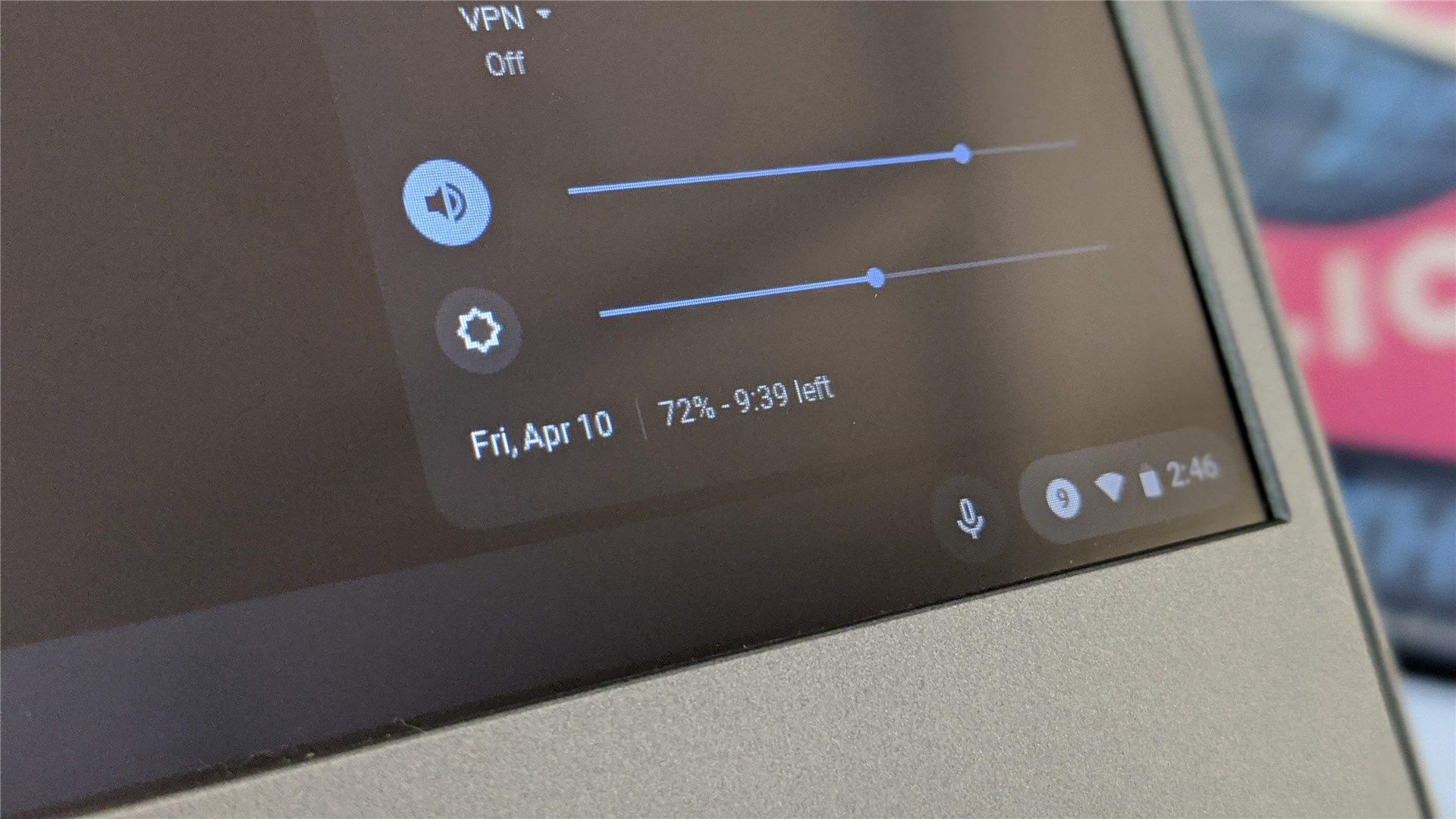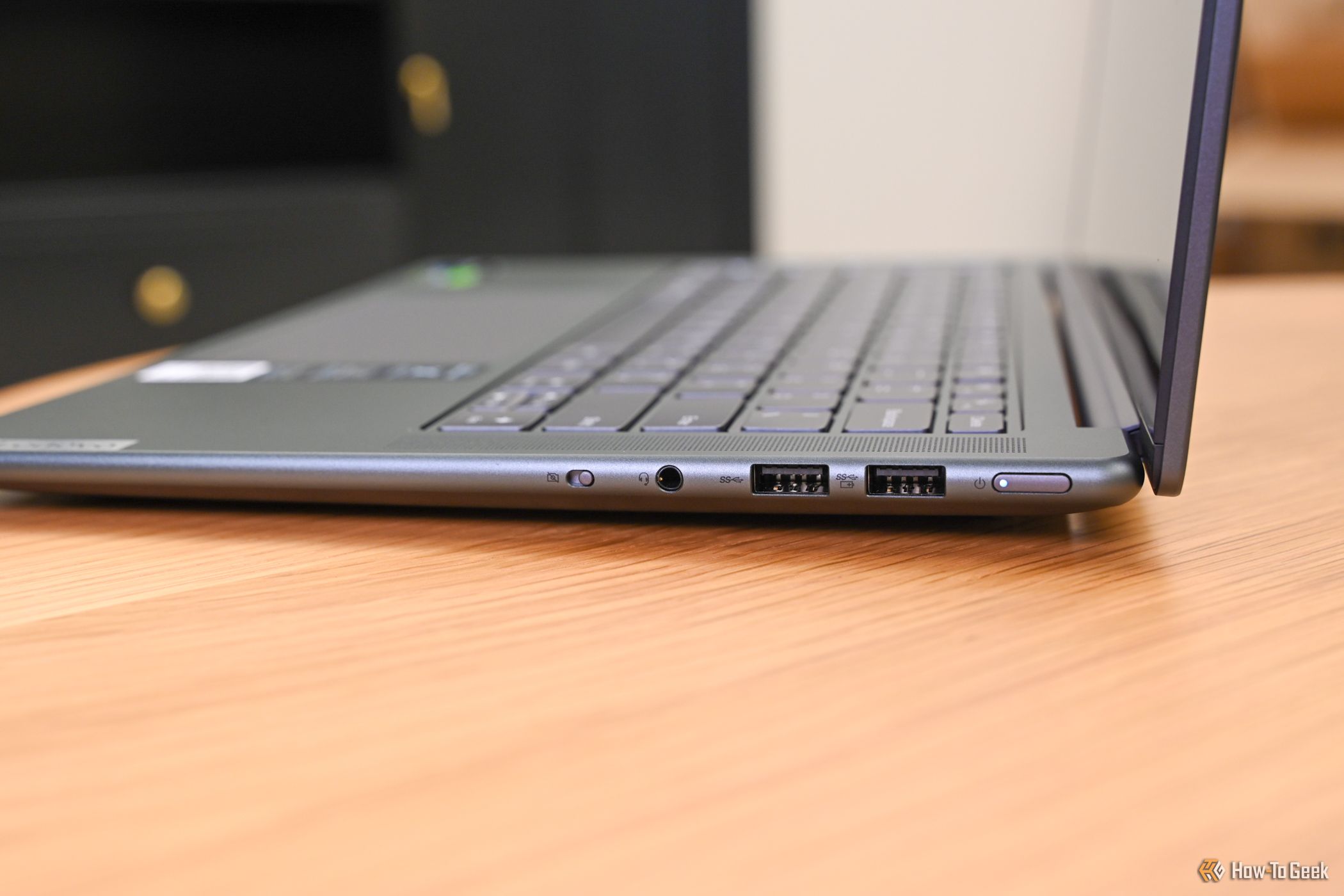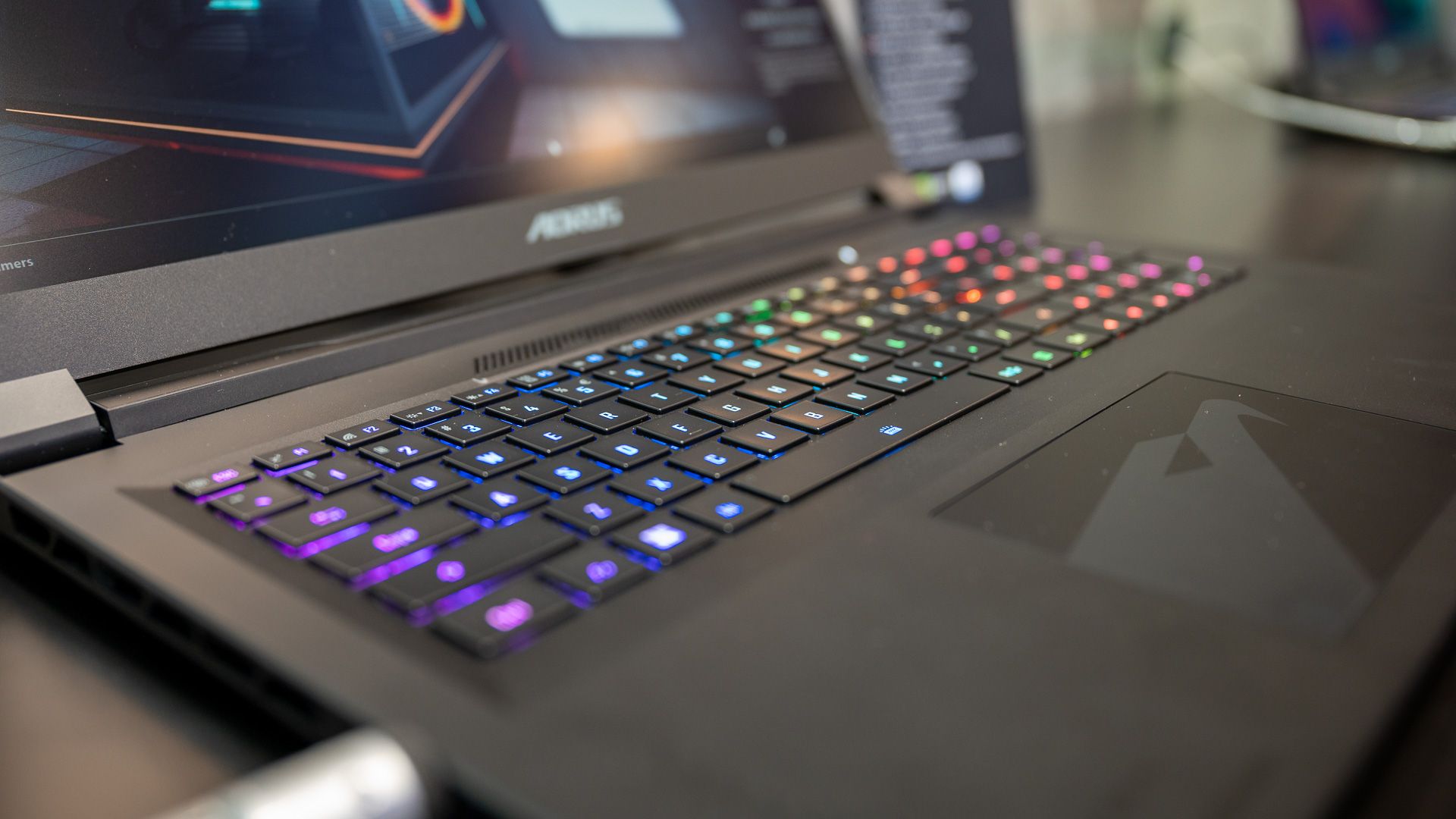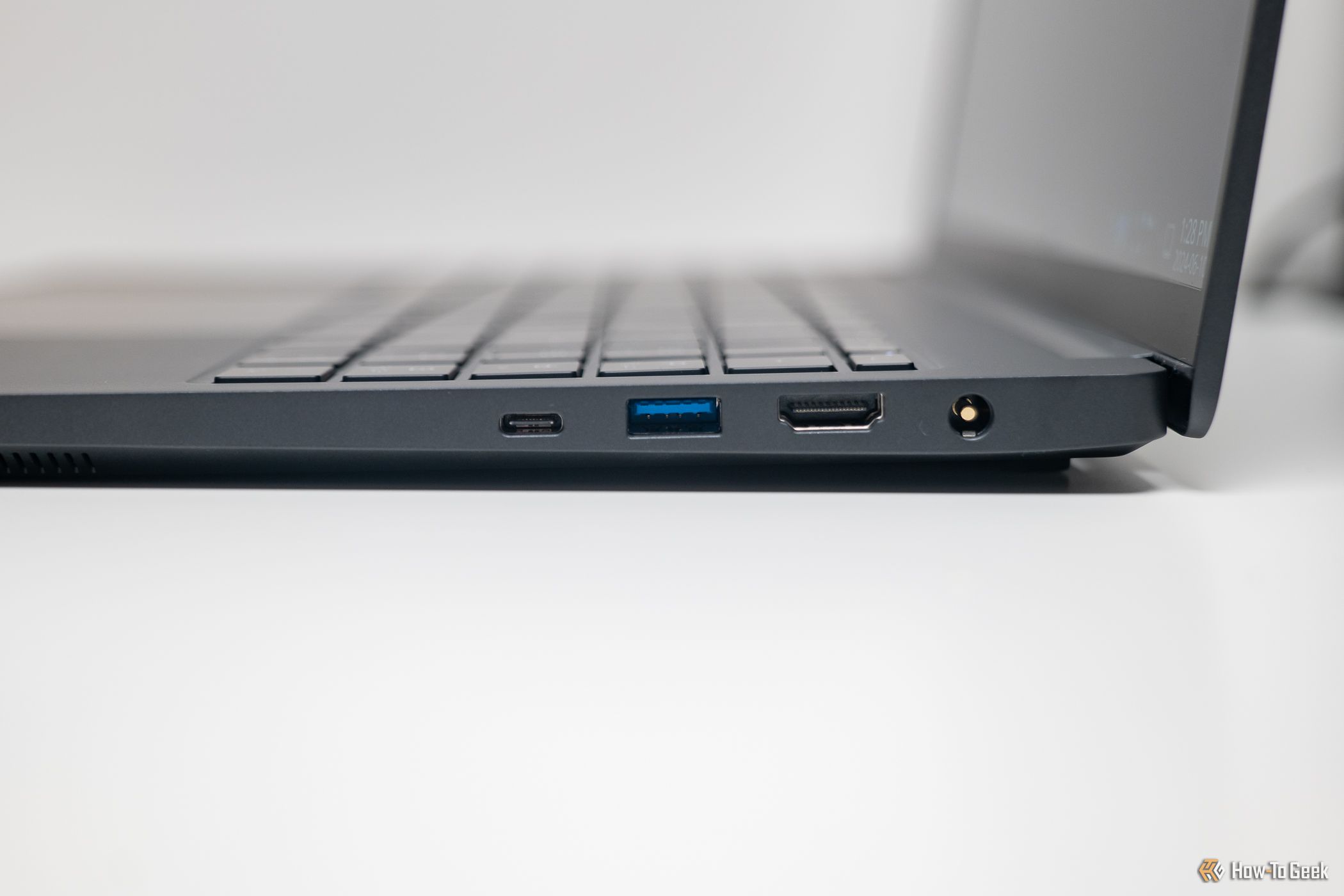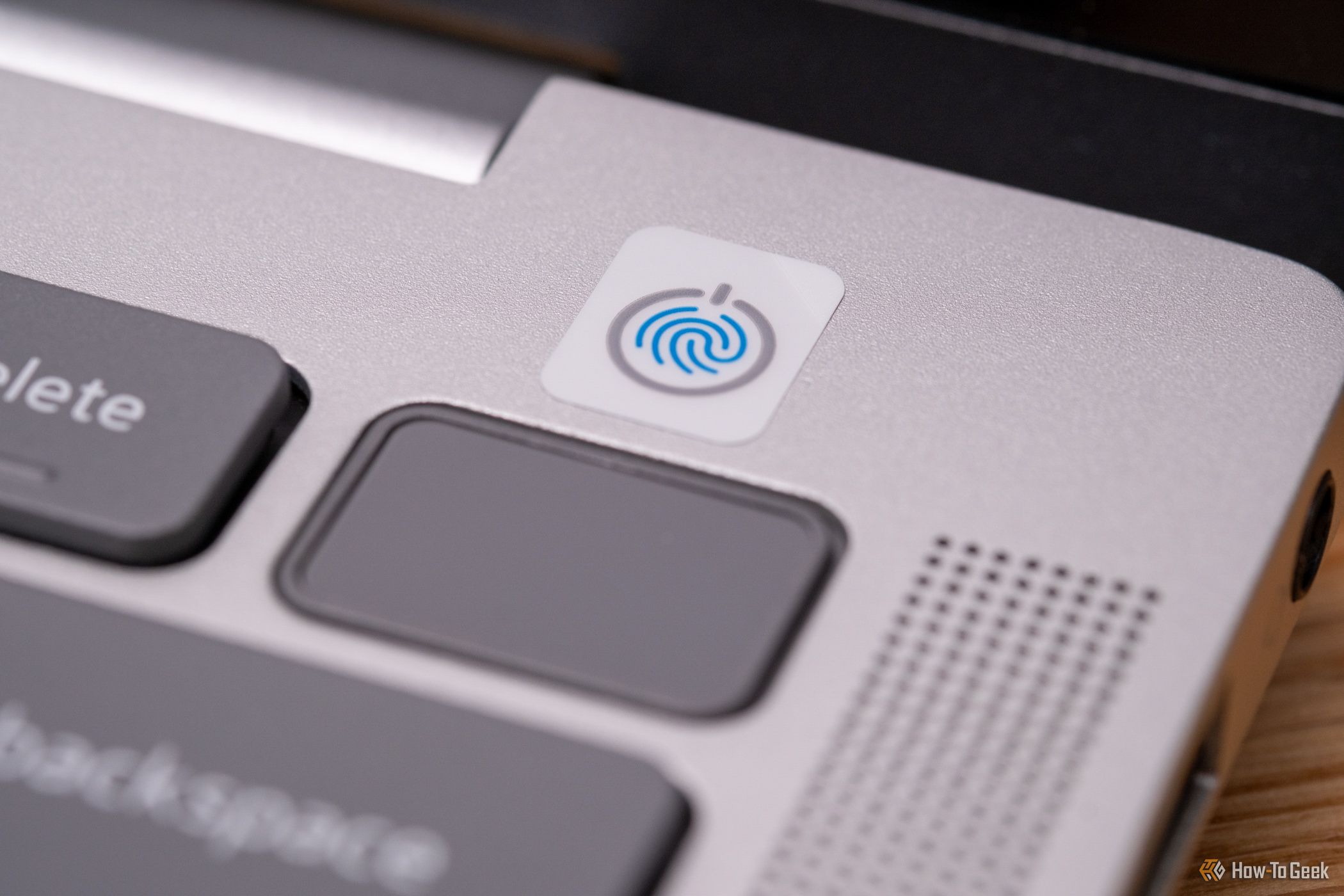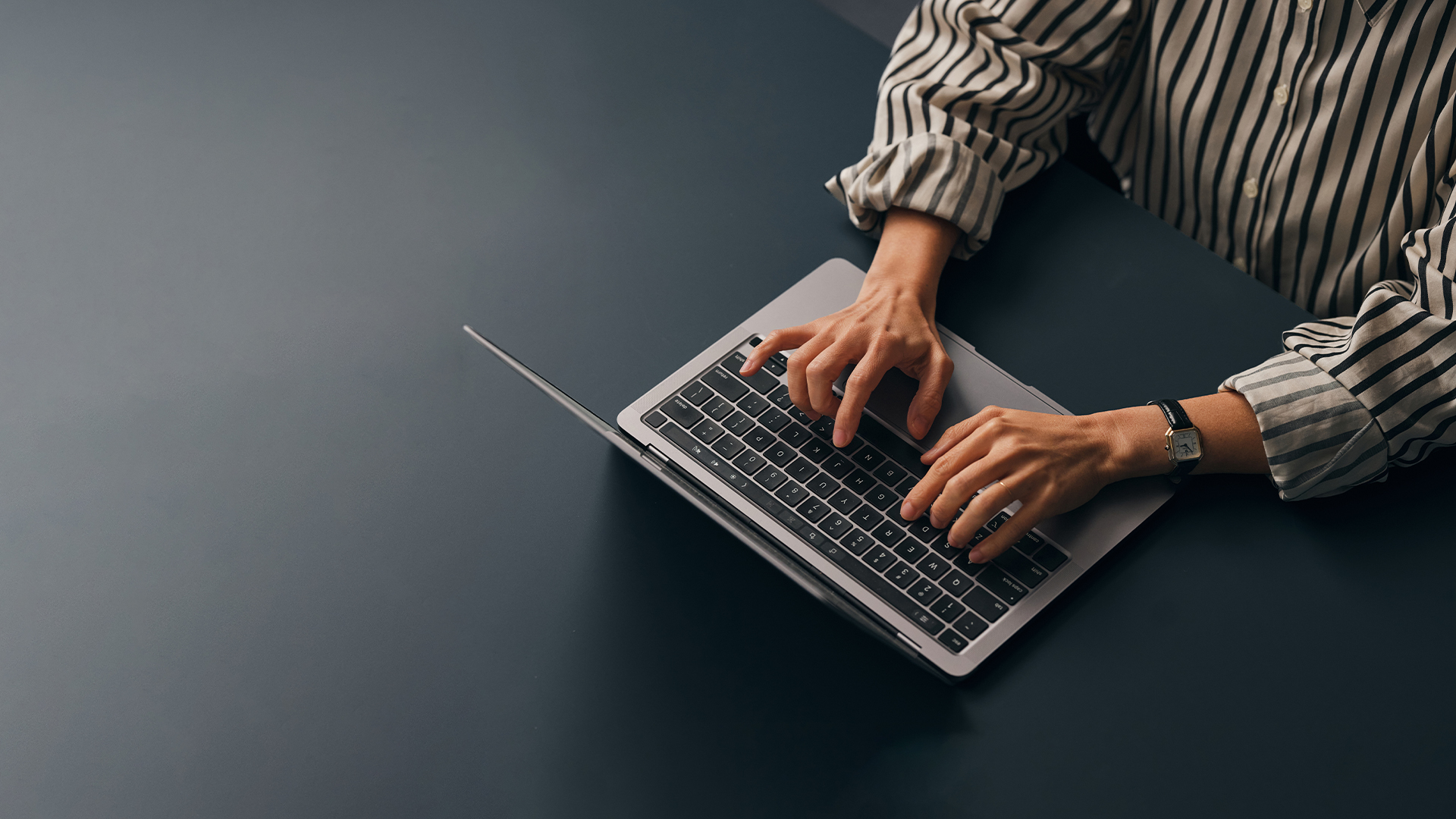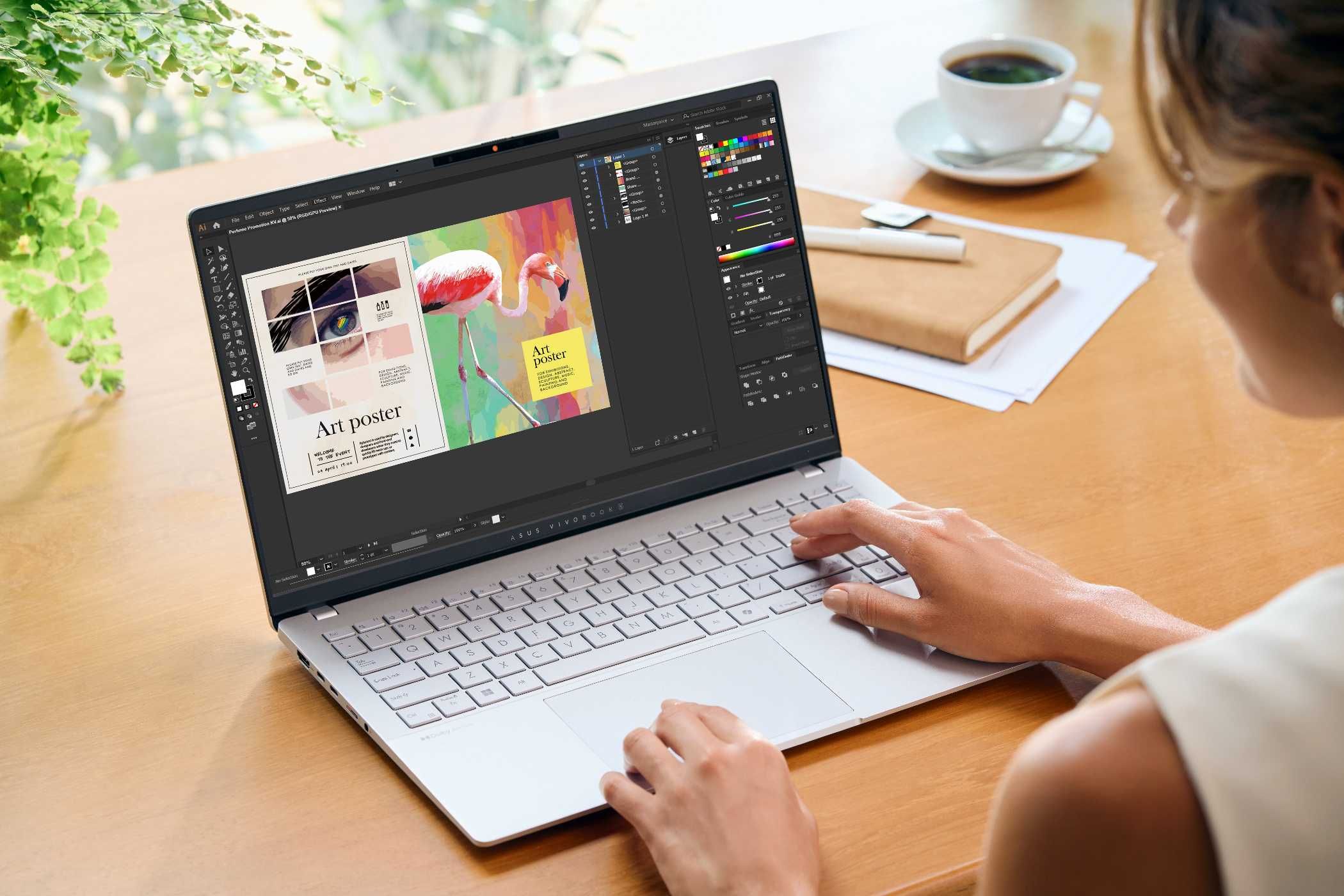
With so many laptop models on the market and numerous factors to consider, finding the right device for work can be challenging. However, clearly identifying your needs makes the process much simpler. Here are some factors to consider when choosing a device that meets your needs perfectly.
1 Right Specifications to Meet Your Professional Needs
First, identify the CPU, RAM, GPU, and storage size that best aligns with your requirements. For basic tasks like browsing, email, and light app use, a Core i5 (or AMD Ryzen 5) processor should suffice. Get a Core i9 (or AMD Ryzen 9) or higher if you need to run more demanding applications.
Similarly, 8 GB of RAM is adequate for everyday tasks, like browsing the web or writing and answering emails, but if you’re working with video editing, virtual machines, or other intensive tasks, aim for at least 16 GB. For general use, integrated graphics like Intel UHD or Iris Xe will meet most needs. However, it’s worth investing in a dedicated graphics card if your work involves CAD, video rendering, or gaming.
Lastly, choose an SSD over an HDD for faster performance, with a minimum of 256GB storage—though I’d recommend more if you handle large files regularly.
2 Long Battery Life for Extended Work Sessions
Cameron Summerson / Review Geek
If you plan to use your laptop during long commutes, attend lengthy meetings, or prefer working untethered, a laptop with reliable battery life is necessary. This ensures you won’t constantly search for an outlet at the office and helps you stay productive during power outages. But how long should the battery last?
Generally, a laptop with 8-10 hours of battery life on a single charge is sufficient for a full workday without recharging. However, I recommend choosing a laptop advertised to last 14-16 hours, as real-world usage typically falls short of what is advertised. This is especially important if you’re going to use power-hungry applications, which include games, video or photo editing software, or other production apps.
3 Decent Screen Size and High-Quality Display
I still regret not paying enough attention to screen size and display quality when buying my first laptop for work. A screen size of at least 13 inches, preferably 15 inches, offers ample room for multitasking. Larger displays are better suited for design work, video editing, and data analysis tasks.
As for resolution, Full HD (1920×1080) is a must-have, but if you’re a creative professional, consider a Quad HD (2560×1440) or 4K display. Also, opt for a screen with IPS panels for better color accuracy, contrast, and wider viewing angles. If you work or plan to work in well-lit areas, ensure the laptop has an anti-glare or matte screen.
A brightness level of at least 300 nits is good for indoor use, while 400 nits or more is recommended for outdoor work. A touchscreen is also a nice bonus if supported.
4 Portable Laptop With a Durable Build
Your work laptop should be both lightweight and durable. If you’ll commute or carry it around for meetings, aim for a laptop that weighs 3 pounds or less. A slim design makes it easier to fit into a backpack. Since it may face tough conditions like extreme temperatures, dust, or humidity, it must meet high-end durability standards, such as the MIL-STD-810G military standard.
In addition, the laptop should be built to withstand bumps, drops, and general wear and tear. Research and opt for durable materials like aluminum, magnesium alloy, or carbon fiber. Don’t overlook the importance of a sturdy hinge that keeps the display stable. A 360-degree hinge, which allows you to use the laptop as a tablet, is a bonus.
5 Comfortable Keyboard and Responsive Trackpad
If your work requires long hours of typing or frequent document navigation, and you prefer not to use a mouse, invest in a laptop with a comfortable keyboard and responsive trackpad. Choose a laptop with a full-size keyboard with essential keys like function keys, arrow keys, and a numeric keypad. The keys should also offer good travel (1.5 to 2 mm).
Also, the keyboard should have an ergonomic design, with a palm rest that supports a natural hand and wrist position, helping you avoid injuries. The trackpad should support gestures like pinch-to-zoom, three-finger swipe, and two-finger scrolling. It should be made from glass or precision plastic for smooth finger movement.
I recommend using a trackpad with physical buttons or haptic feedback for an enhanced user experience.
6 Sufficient and Versatile Ports
If you need to connect multiple peripherals and devices, like an external mouse, headphones, dongles, or adapters, ensure your laptop has enough versatile ports to meet your requirements. Ensure it has sufficient USB-C and Thunderbolt ports to handle all the devices you plan to connect simultaneously.
Check if the laptop has an HDMI or DisplayPort for external monitors or displays, an SD card slot, and a 3.5mm audio jack for wired headphones or external speakers. Remember that slim laptops often lack a variety of ports, especially HDMI, so it’s okay to prioritize portability over the number of ports. You can always use an external adapter to add more ports as needed.
7 Biometrics and Other Security Features
Don’t overlook security features like biometric login when choosing a Windows laptop. Opt for a fingerprint scanner or facial recognition device that allows you to authenticate your identity securely. Biometrics provide a strong layer of security and protect your device from unauthorized access, as your biological markers can’t easily be replicated (but it’s possible).
Additionally, look for a laptop equipped with a TPM (Trusted Platform Module) chip, which stores encryption keys, certificates, and passwords. This hardware-based feature enhances security for your laptop and sensitive data. If possible, choose a model with a built-in webcam privacy shutter for added protection against potential spying.
8 Strikes the Balance Between Price and Features
Avoid opting for a cheap laptop that lacks essential features, and don’t overspend on one with powerful specs you won’t fully utilize. The key is finding the right balance between price and specifications. I suggest setting a realistic budget before you begin your search and then focusing on laptops that meet your needs while staying within that budget.
Also, consider future-proofing your purchase. If you expect to use more advanced software in the future, select a laptop with specifications capable of meeting those requirements. This way, you won’t need to upgrade too soon. Compare models within your budget and select the best option, making sure to invest in reliable brands.
Always use a brand-new device and avoid refurbished items for better longevity and performance.
To avoid regretting your laptop purchase, use the above-mentioned factors to define your needs and preferences clearly. Also, consider the warranty options and technical support provided by the manufacturer. Finally, don’t rush into a decision. Do your research research, compare different models, and choose an option that meets your requirements.
Source link


